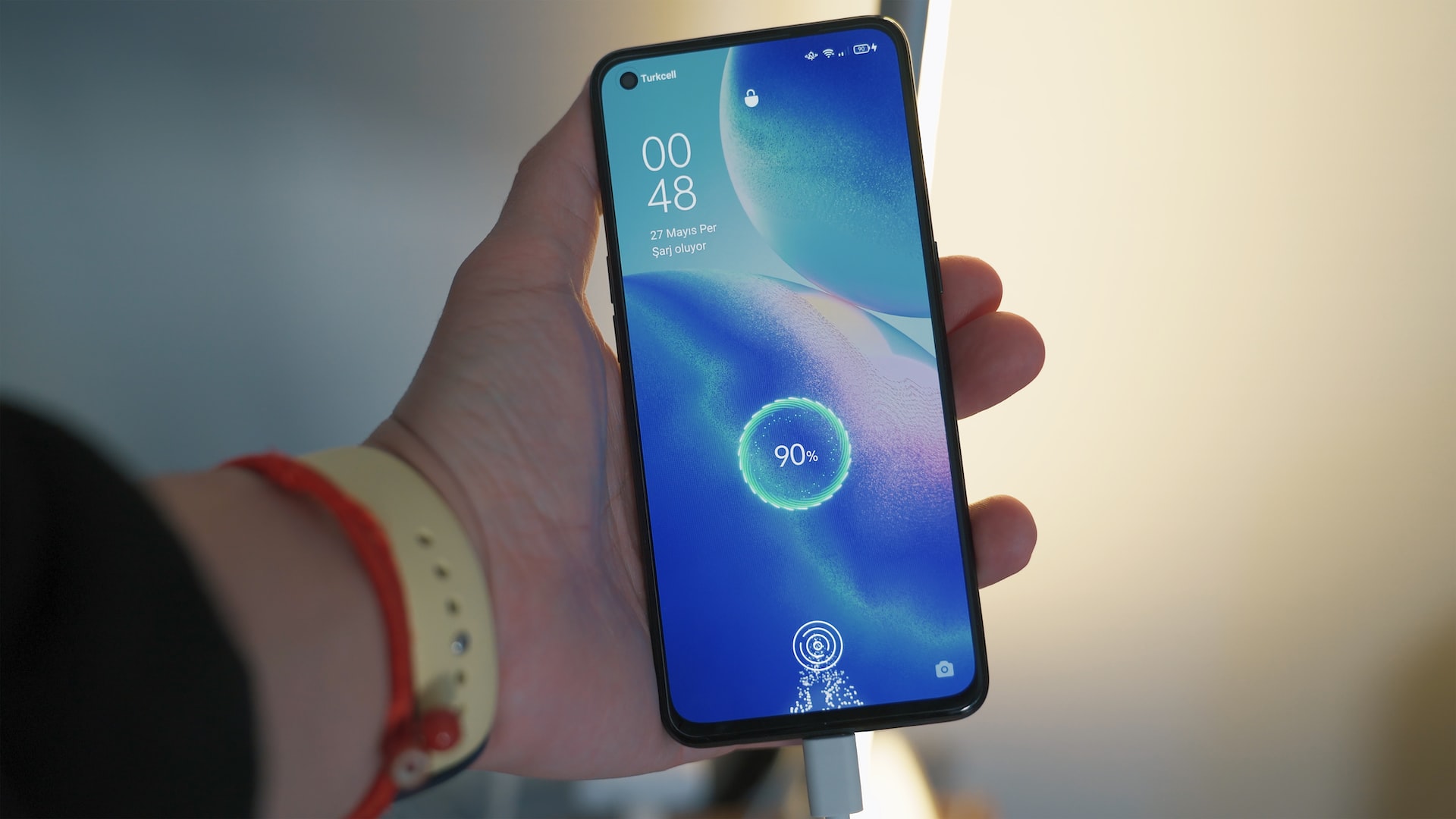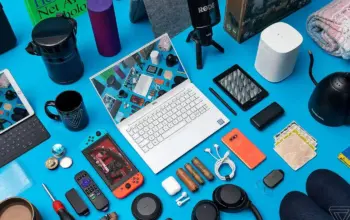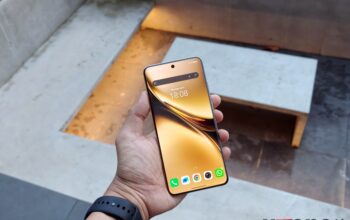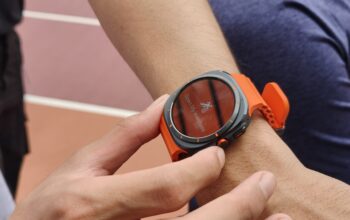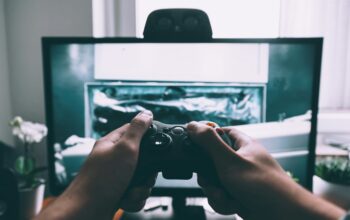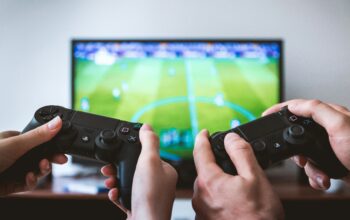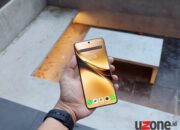Uzone.id – Who still likes to leave their smartphone charging overnight? Or is it still using an unofficial, counterfeit charger adapter? It’s best to stop these bad habits before a fatal incident occurs, such as device damage, electrical short circuits, or, in the worst case, a fire.
There have been several fire incidents caused by the bad habits mentioned earlier. However, there are still people who ignore the importance of charging safety, thinking it’s a simple and easy process.
That’s why it’s very important to understand the potential risks and take the necessary precautions when charging your devices, whether it’s a smartphone, laptop, tablet, or other electronic devices.
Now, we’ll discuss how to charge a smartphone safely to avoid some risks, such as battery damage, electrical short circuits, high power load, and even a fatal fire.
Several factors can cause the worst-case scenarios mentioned earlier, such as poor electrical installation, using counterfeit or unofficial chargers, chargers and batteries overheating, and charging overnight with the device placed on a bed or an uneven surface.
Remember, using unofficial chargers not only damages your smartphone battery but also has the potential to cause a fire. Counterfeit chargers usually have incorrect power ratings, and their safety systems are questionable, which could result in something catastrophic.
On the other hand, original charger adapters have various safety systems, including the adapter, cable, and port. These systems prevent unwanted incidents, such as overcharging when the smartphone is accidentally left charging overnight.
Not to mention the bad habit often repeated by smartphone users: leaving the charger adapter plugged into the power outlet even when it’s not in use. This can cause the adapter to overheat, damaging the internal components of the charger, and increasing the risk of a fire due to a short circuit.
It’s also important to note, as quoted from PCMag, that smartphone batteries work optimally within a temperature range of 32 – 95 degrees Fahrenheit or 0 – 35 degrees Celsius.
Therefore, avoid charging your device in direct sunlight or in a closed room without proper air circulation. Try to charge your phone in a cool room, or at least one with normal temperature.
According to the International Fire & Safety Journal, fires can be caused by charging a smartphone placed on a pillow or blanket, especially if left overnight. This is because smartphones generate heat while charging, and pillows or blankets can trap that heat, increasing the risk of overheating.
“Phones generate heat during charging, and covering them with pillows or blankets can trap that heat, increasing the risk of overheating and potentially causing a fire,” explained Laurie Pollard, Managing Director of Firechief Global.
Therefore, proper steps to prevent such incidents include using original chargers or accessories that have complete safety certifications, as recommended by the smartphone vendor. For example, Apple, the Cupertino-based company, requires devices to use accessories certified with MFi or Made for iPhone/iPad/iPod.
As much as possible, avoid leaving your phone charging overnight. Indeed, some phones have smart charging features that prevent overcharging by limiting the charge to 80%. However, it is still recommended to unplug the cable from the USB connector once charging is complete.
Stop the bad habit of leaving the charger adapter plugged into the socket when it’s not in use. Besides wasting electricity, it can also increase the risk of an electrical short circuit.
Lastly, avoid using your smartphone while it’s charging, and it’s better to let the phone stay off.
Using your phone while it’s charging can disrupt the charging cycle. This causes the smartphone battery to heat up and could potentially damage the battery itself and other components.

